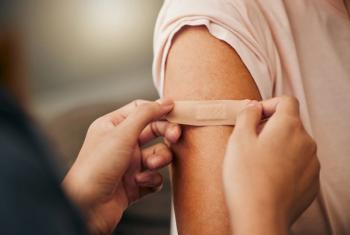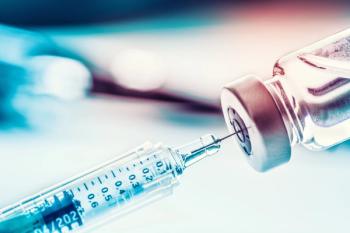
Wars Create Two High-Risk Mental Health Populations
Rates of post-traumatic stress disorder are high among two previously under-recognized groups -- former combatants who experienced sexual violence and former child soldiers, according to two studies published in the Aug. 13 issue of the Journal of the American Medical Association.
TUESDAY, Aug. 12 (HealthDay News) -- Rates of post-traumatic stress disorder are high among two previously under-recognized groups -- former combatants who experienced sexual violence and former child soldiers, according to two studies published in the Aug. 13 issue of the Journal of the American Medical Association.
In one study, Kirsten Johnson, M.D., of Harvard University in Cambridge, Mass., and colleagues surveyed 1,666 Liberian adults, including 549 former combatants (367 men and 182 women) in the Liberian civil war. In former male combatants who experienced sexual violence, they found the prevalence of post-traumatic stress disorder symptoms was higher than for men who did not experience sexual violence (81 percent versus 46 percent).
In a second study, Brandon A. Kohrt, of Emory University in Atlanta, and colleagues compared 141 former Nepalese child soldiers who were ages 5-16 at the time of conscription and 141 never-conscripted children. At the time of the survey, the children had a mean age of 15.75 years. Compared to controls, the researchers found that the risk of post-traumatic stress disorder was significantly higher in both female and male child soldiers (odds ratios, 6.80 and 3.81, respectively).
Researchers in both studies conclude that these groups need special mental health and other interventions. "By providing not only mental health services but also services that meet basic physical needs (food, water, shelter and health care), a more complete and integrated program will have a direct effect on the mental health and psychosocial functioning of this post-conflict population," Johnson and colleagues state.
Copyright © 2008
Newsletter
Access practical, evidence-based guidance to support better care for our youngest patients. Join our email list for the latest clinical updates.










